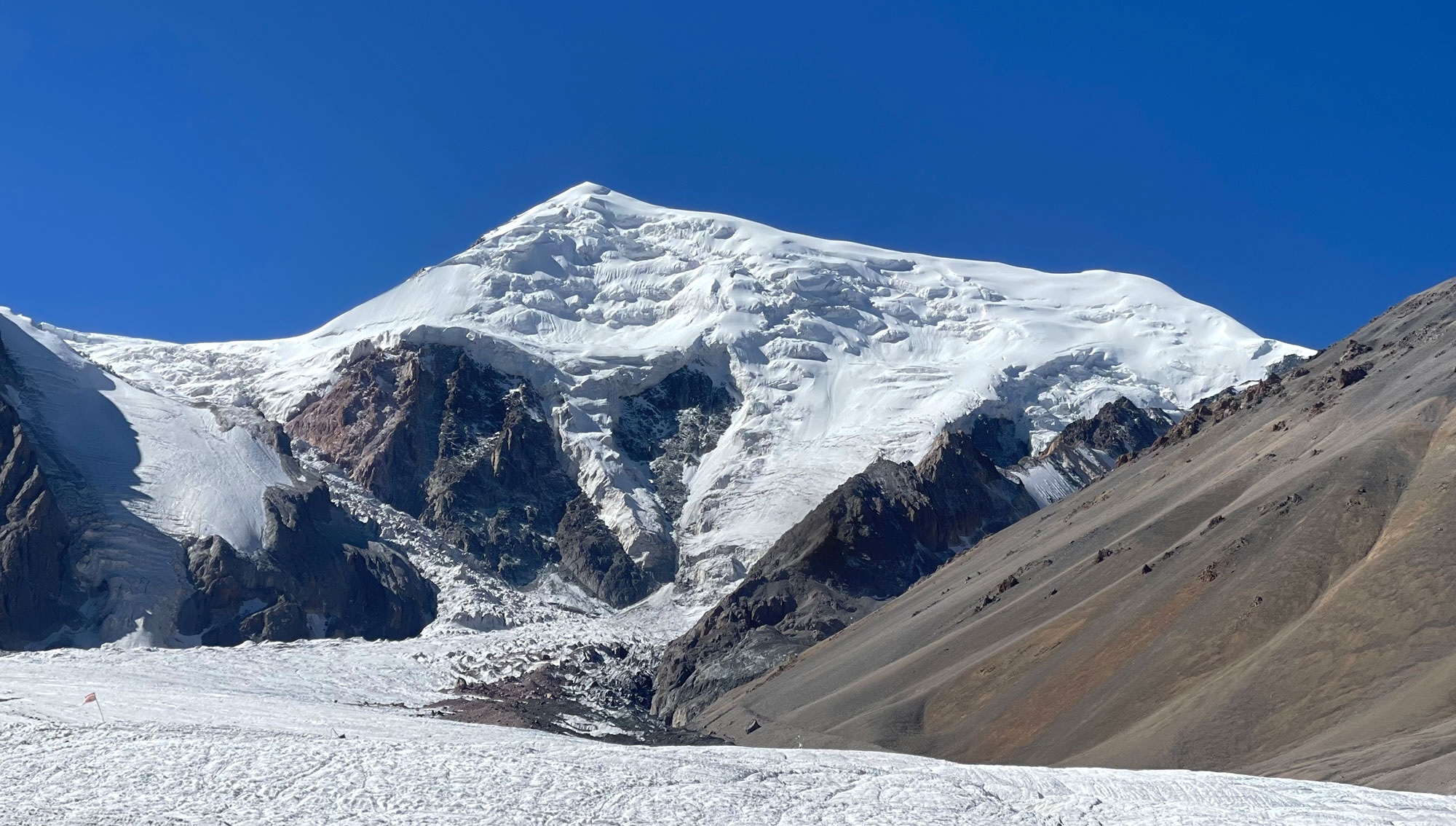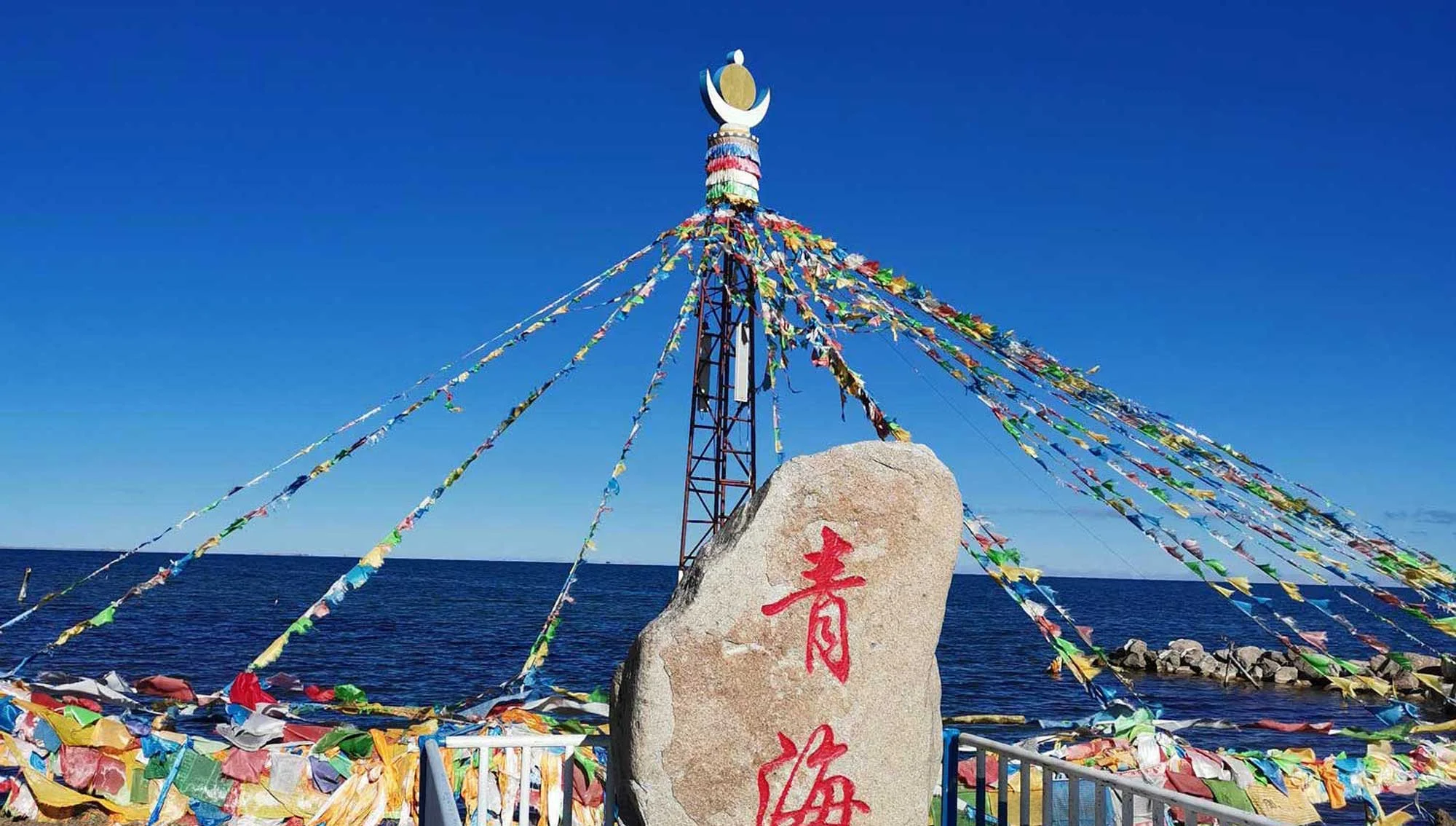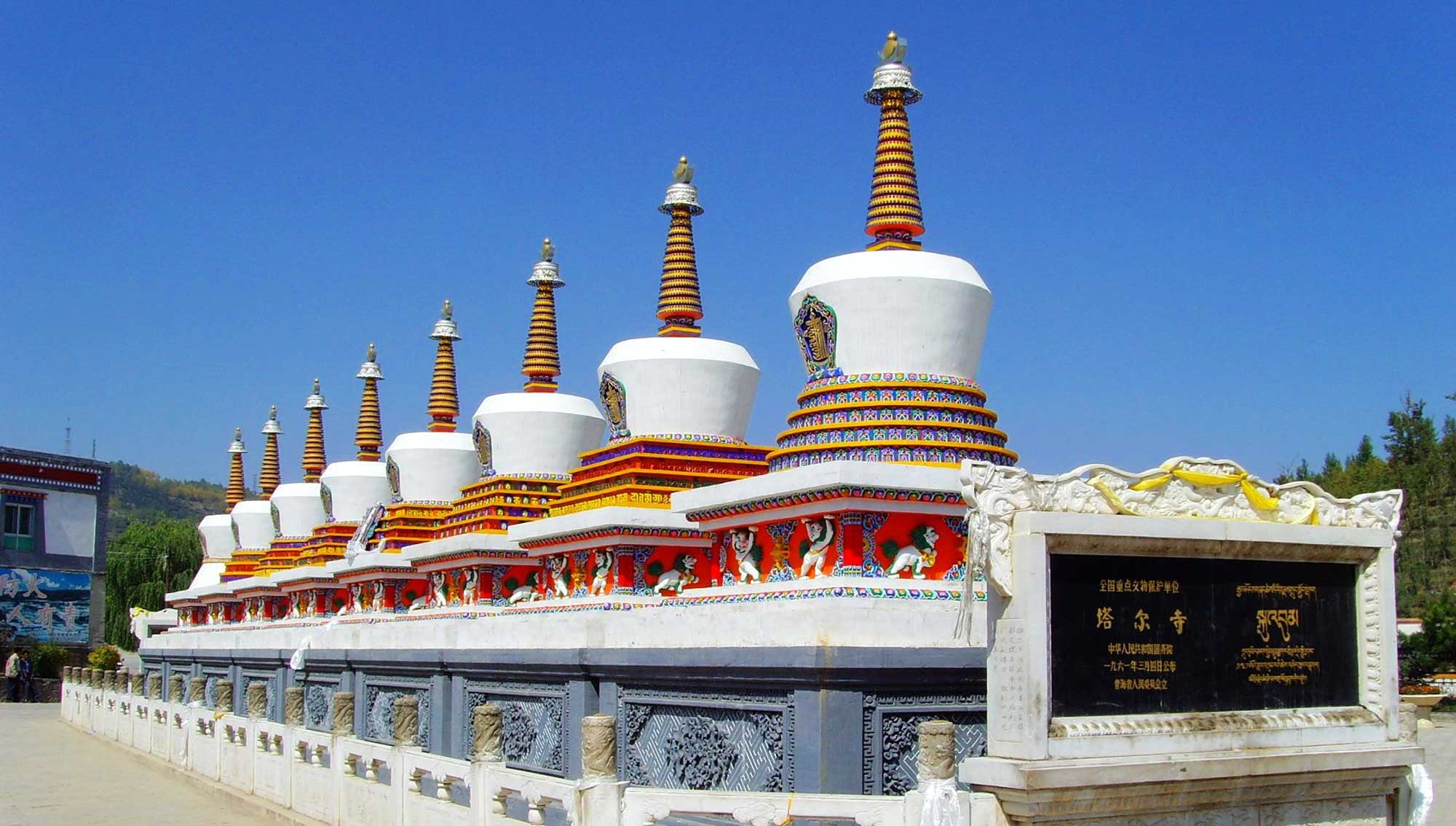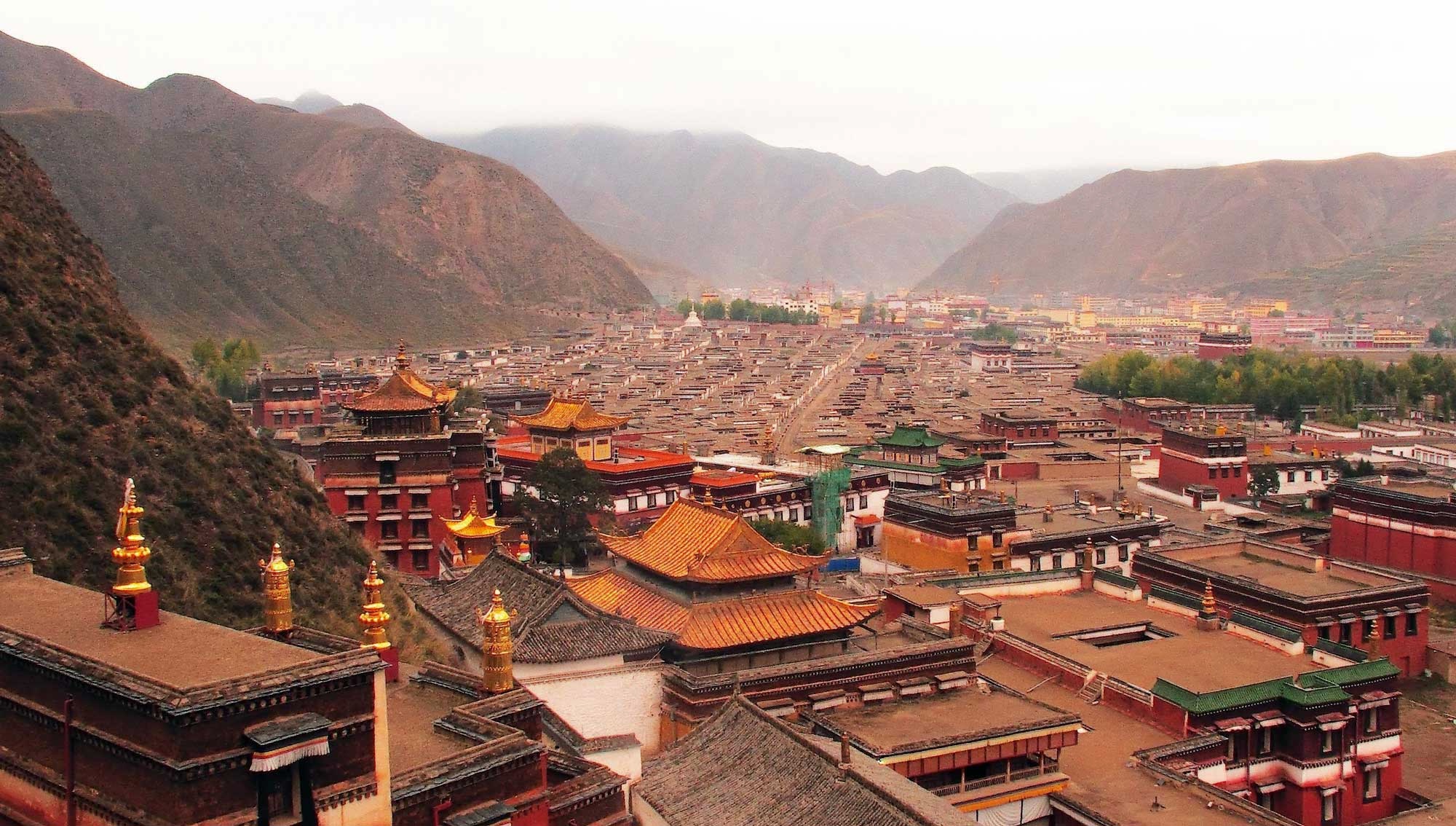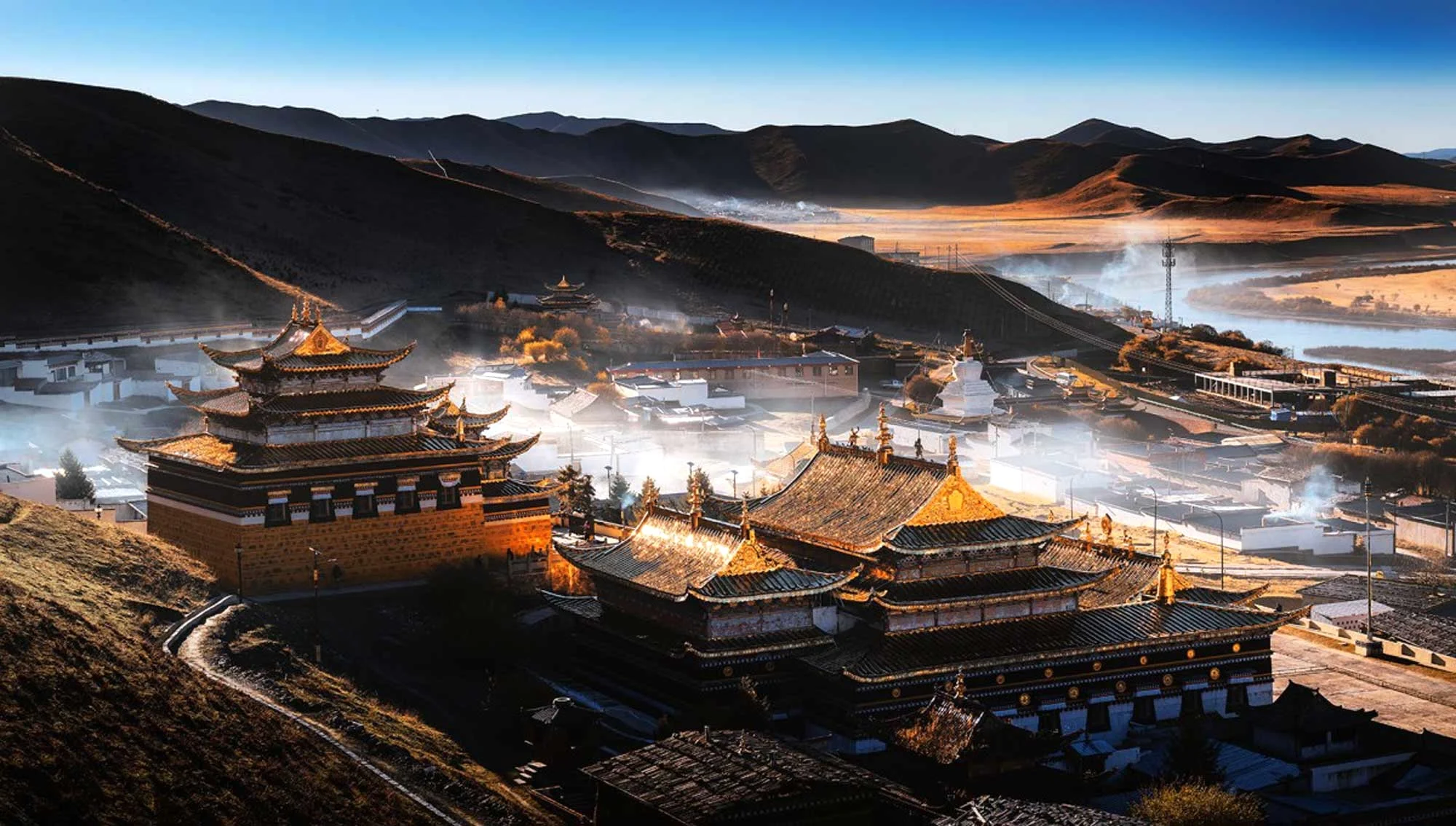
Langmu Si Monastery (Taktsang Lhamo) Travel Guide
Nestled on the border of Gansu and Sichuan provinces in the Amdo region of Tibet, Langmu Si, also known as Taktsang Lhamo Monastery, is a hidden gem offering a blend of Tibetan Buddhist culture and breathtaking natural landscapes. The monastery is located in the picturesque town of Langmusi, which is divided into two sections: one part in Gansu and the other in Sichuan. This unique location gives visitors the opportunity to experience both Tibetan and Hui Muslim cultures in one place.
Langmu Si Monastery is an important spiritual center for Tibetan Buddhists and is known for its peaceful ambiance, stunning architecture, and sacred rituals. Surrounded by rolling grasslands, towering mountains, and serene rivers, Langmu Si is also a haven for nature lovers, trekkers, and photographers. Whether you're looking for cultural immersion or outdoor adventure, Langmu Si offers an unforgettable experience.
What to See and Do in Langmu Si
1. Langmu Si Monastery (Taktsang Lhamo Monastery)
The main attraction of Langmu Si is its ancient monastery, which dates back several centuries. The monastery consists of multiple temples, prayer halls, and monk residences. Inside, you'll find beautifully painted murals, intricate wood carvings, and golden statues of the Buddha. Pilgrims and monks chant prayers throughout the day, creating a spiritual atmosphere. Visitors can explore the monastery grounds and even witness religious ceremonies if lucky.
2. Sky Burial Site
A short hike behind the monastery leads to a traditional Tibetan sky burial site. Sky burials are a sacred practice in Tibetan Buddhism, where the deceased are placed on mountaintops for vultures to consume, symbolizing the cycle of life and death. While tourists are not allowed to witness the ritual, the hike offers stunning views of the valley and an insight into Tibetan customs.
3. Serxu River and Caves
A small river, the Serxu River, runs through the town, offering scenic walking paths and a tranquil setting. Nearby, you’ll find caves that are said to have been used by monks for meditation. Exploring these caves provides a deeper appreciation of the region’s spiritual traditions and its natural beauty.
4. Grassland Trekking and Horse Riding
The vast grasslands surrounding Langmu Si are home to Tibetan nomads and their yak herds. Travelers can take a guided trek or a horseback riding tour across the highland meadows, enjoying panoramic views and an up-close experience of traditional nomadic life.
5. Hui Muslim Quarter and Local Cuisine
Langmusi is home to a small Hui Muslim community, whose influence is seen in the town’s architecture and food. Travelers can visit the local mosque and enjoy delicious dishes such as hand-pulled noodles and yak meat dumplings. A visit to a traditional Tibetan tea house to taste butter tea and sweet milk tea is also highly recommended.
Travel Tips for Visiting Langmu Si
Best Time to Visit
The best time to visit Langmu Si is from May to October, when the weather is mild, and the grasslands are lush and green. During winter (November to March), the region experiences cold temperatures and heavy snowfall, which may make travel difficult.
What to Pack
Warm Clothing: Even in summer, temperatures can drop significantly at night. Layered clothing is recommended.
Comfortable Shoes: Many sites require walking or hiking, so bring sturdy footwear.
Sun Protection: The high altitude means strong UV rays. Bring sunscreen, sunglasses, and a hat.
Cash: ATMs are limited, and some places do not accept credit cards. Bring enough cash for your stay.
Altitude Sickness Medication: Langmu Si is at an altitude of around 3,300 meters (10,827 feet). Travelers sensitive to altitude may need medication or extra time for acclimatization.
Accommodation Options
Langmu Si has a range of guesthouses, hostels, and boutique lodges. Some recommended places include:
Langmusi Tianzhao Hotel – A comfortable option with modern amenities.
Langmu Si International Youth Hostel – A budget-friendly choice popular with backpackers.
Namo Hotel – Offers cozy rooms with traditional Tibetan decor.
Local Etiquette and Cultural Tips
Respect Monastic Rules: Avoid loud noises in monastery areas and dress modestly.
Photography: Always ask for permission before taking photos of monks or local residents.
Sky Burial Etiquette: This is a sacred ritual. Tourists should not try to attend or photograph these ceremonies.
Tibetan Hospitality: It’s common to be invited for tea by locals. Accepting is a sign of respect.
How to Get to Langmu Si
Langmu Si is relatively remote, but there are several ways to reach it:
By Air
The nearest major airport is Lanzhou Zhongchuan International Airport (LHW) in Gansu or Chengdu Shuangliu International Airport (CTU) in Sichuan. From these airports, travelers must continue by road.
By Bus
From Lanzhou (Gansu): Daily buses run from Lanzhou South Bus Station to Langmu Si. The journey takes about 8-9 hours.
From Xiahe (Labrang Monastery): A shorter route, with buses taking around 4-5 hours.
From Chengdu (Sichuan): Long-distance buses take about 10-12 hours, passing through spectacular landscapes.
By Private Car or Taxi
For a more comfortable journey, travelers can hire a private car with a driver from Lanzhou, Xiahe, or Chengdu. This option allows for scenic stops along the way.
Conclusion
Langmu Si Monastery (Taktsang Lhamo) is a captivating destination where Tibetan Buddhism, Hui Muslim culture, and stunning nature come together. Whether you're interested in exploring ancient monasteries, trekking across vast grasslands, or immersing yourself in local traditions, Langmu Si offers an unforgettable experience. With proper planning and an adventurous spirit, your visit to this hidden corner of Amdo will be a journey of cultural discovery and natural beauty.
If you have any questions or need travel assistance, feel free to reach out. Safe travels!
Attractions Nearby
Trekking around Amnye Machen provides an unparalleled opportunity to encounter nomadic lifestyles and witness breathtaking landscapes.
Qinghai Lake, known as “Koko Nor” in Mongolian and “Tsongon Po” in Tibetan, is the largest inland saltwater lake in China.
Explore Kumbum Monastery, birthplace of Tsongkhapa, featuring stunning murals, butter sculptures, vibrant traditions, and spirituality.
Langmu Si Monastery, also known as Taktsang Lhamo, is a sacred Tibetan Buddhist site in Amdo, surrounded by breathtaking landscapes.
Discover Labrang Monastery, a spiritual haven with grand architecture, sacred rituals, Tibetan culture, and breathtaking surroundings
Offers to inspire you
5 Day-Trip to Lhasa City
Making it an unmissable destination for travelers seeking to trip to Lhasa city and explore the essence of Tibet.
7 Day-Lhasa & Shigatse Cultural Exploration
Travel through Tibet’s breathtaking landscapes.

